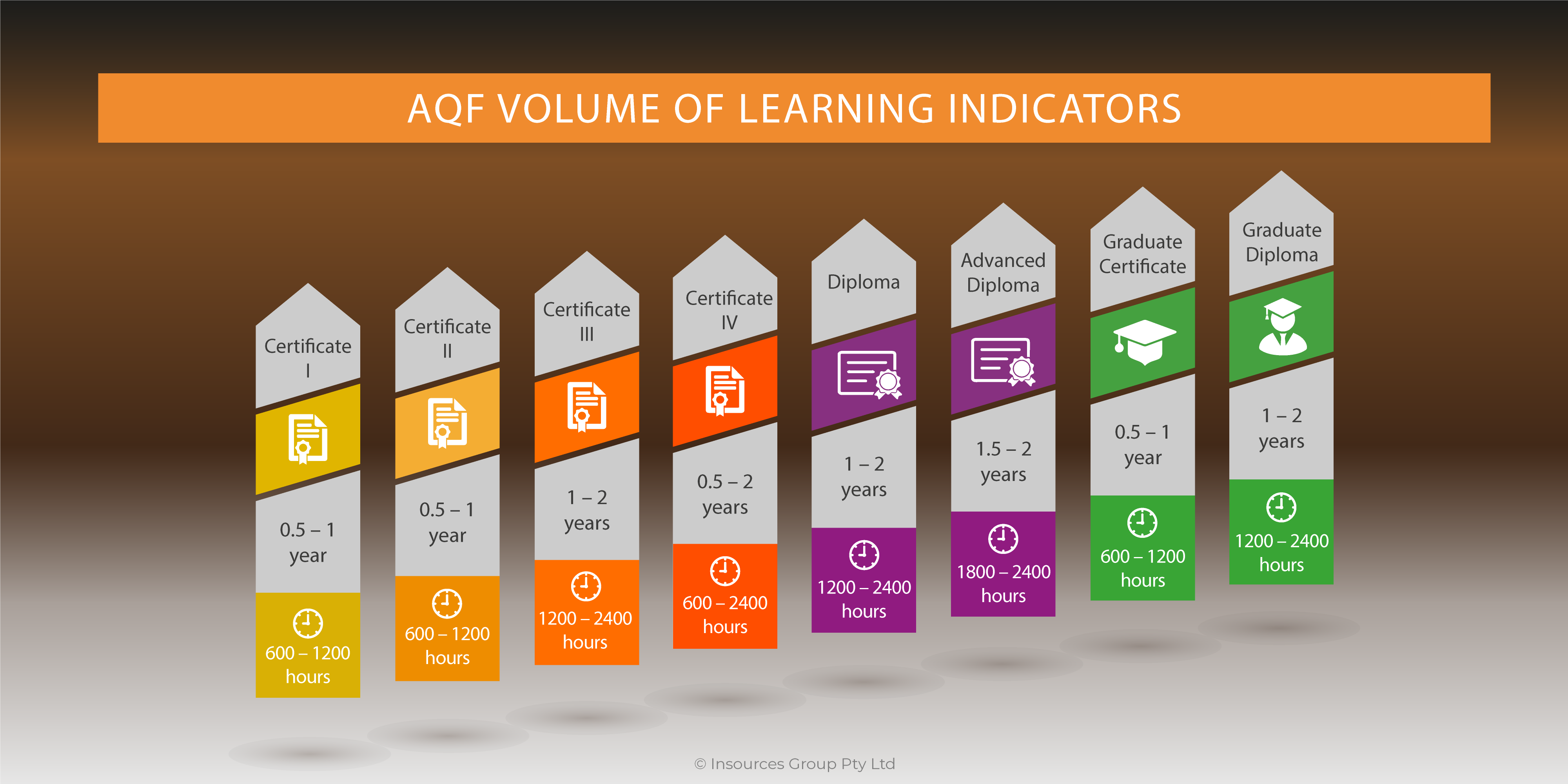 Creating community and collaboration around your learning using social tools like Facebook or Yammer is a great way to support training transfer. Social tools can be used to supplement the content in an e-learning or live virtual class and provide a space for participants and course graduates to discuss what they’ve learned.
Creating community and collaboration around your learning using social tools like Facebook or Yammer is a great way to support training transfer. Social tools can be used to supplement the content in an e-learning or live virtual class and provide a space for participants and course graduates to discuss what they’ve learned.
An advantage of using tools such as Facebook and Yammer is that they are very informal and user-friendly—trainees and graduates who may be reluctant to participate using other tools are more comfortable adding a short comment to a wall post, posting a photo, or just clicking “Like.”
Instructors and designers can subscribe to an RSS feed for their learning communities, or simply log in regularly, to monitor discussions and other user activity, answering questions and correcting misleading or inaccurate information as needed. Perhaps the most important pitfall to watch out for with this kind of training platform is learners’ tendencies to let discussions and other activities veer off topic or become counterproductive. Careful moderation of the community should prevent this.
Set up a Facebook or other learning community account that could be used for many different training programs. An email address is all that is required (be sure to use your work email address for this purpose, and not let the platform default to your personal email if it has already been entered in the system). Once the account has been set up, complete the profile information. The focus of the profile can be on the organisation, the training department, or a specific class.
Set up a class-specific page, known on Facebook as a “fan page.” The advantage of using a fan page is that people can be invited to the fan page without having to first establish a “friend” relationship with the page administrator. Upload a photo or logo to add visual appeal. Post class-related information. Separate fan pages might be set up for pre-training and post-training. The registration email can contain a direct link to the pre-training fan page, which could have information such as:
- technology specifications, or recommendations for compatibility with the e-learning or live virtual learning technology platform
- recommended or required pre-work reading or other activities
- icebreaker activity
- description of how this training supports the organisation’s mission, vision, goals, and strategy
- tips for optimal learning, such as how to focus, review, and take quizzes
- “can-do” messages to motivate participants.
Options for a post-training fan page include:
- asking for success stories and lessons learned from practicing and using the new skills
- post-training team project
- discussion about how the newly acquired skills might advance one’s career
- peer supporters sharing their perspectives on the training.
Regardless of specific uses, it is a good idea to establish general rules for participating in the learning community. For example, community members should keep their communication respectful, relevant, short, and positive. The most effective learning communities facilitate the exchange of valuable information between participants. The focus is on the relationship between fellow participants, not between an instructor and trainees. Seed the community with questions and topics for discussion.
Provide some conversation starters to get people talking, and check in regularly. The most effective learning communities facilitate the exchange of valuable information between participants.
Reference: Making eLearning stick, Barbara Carnes, ASTD Press 2012




